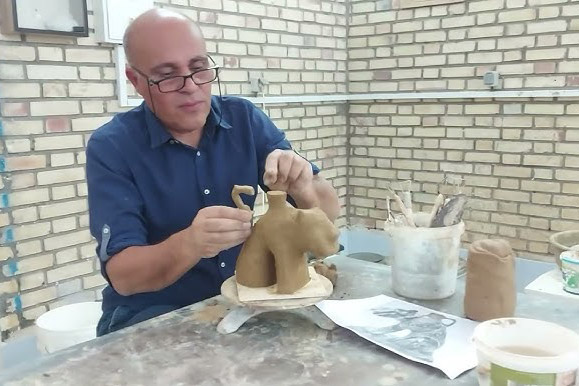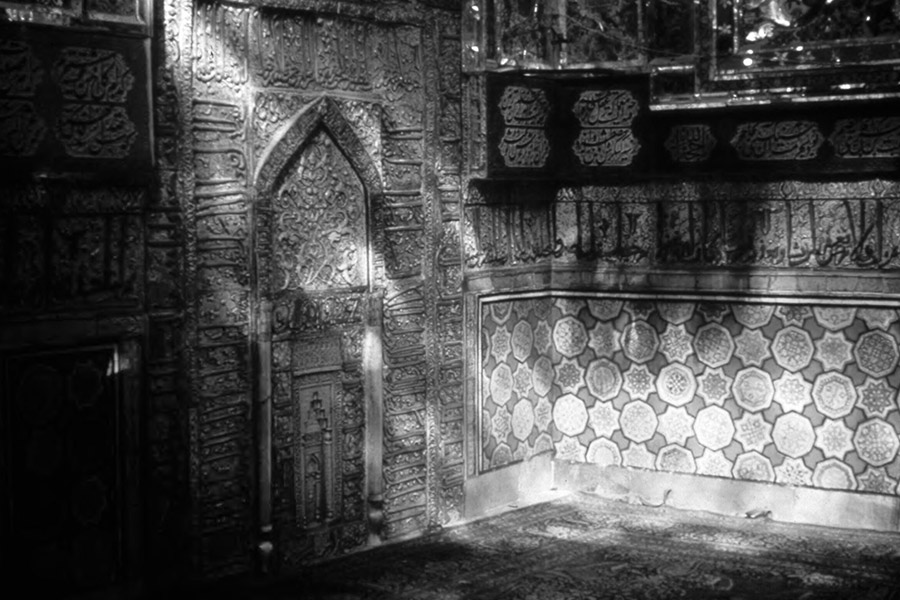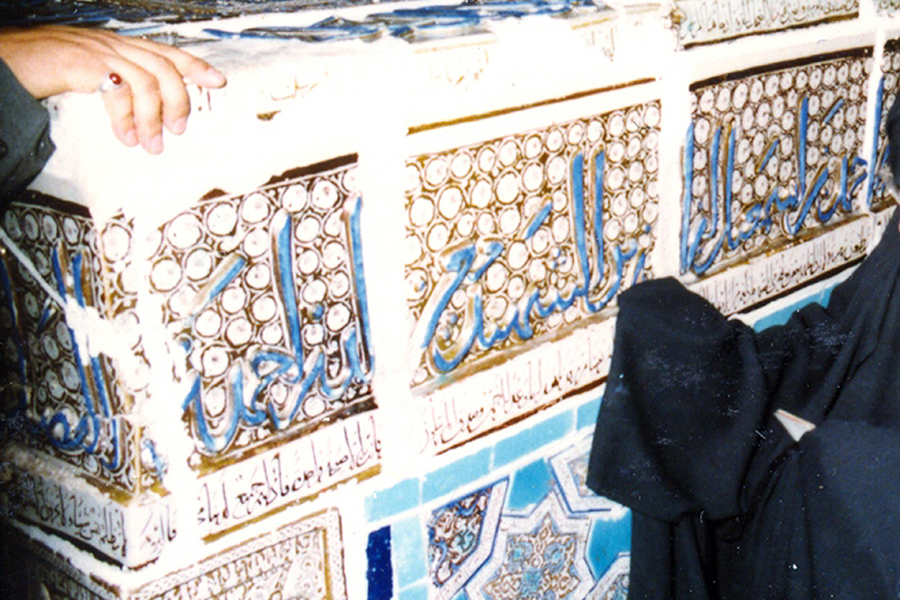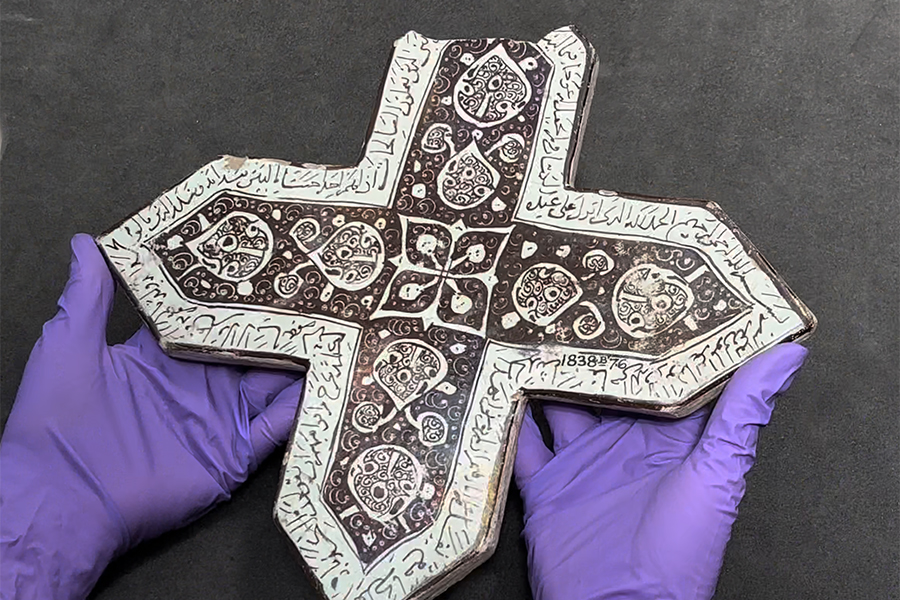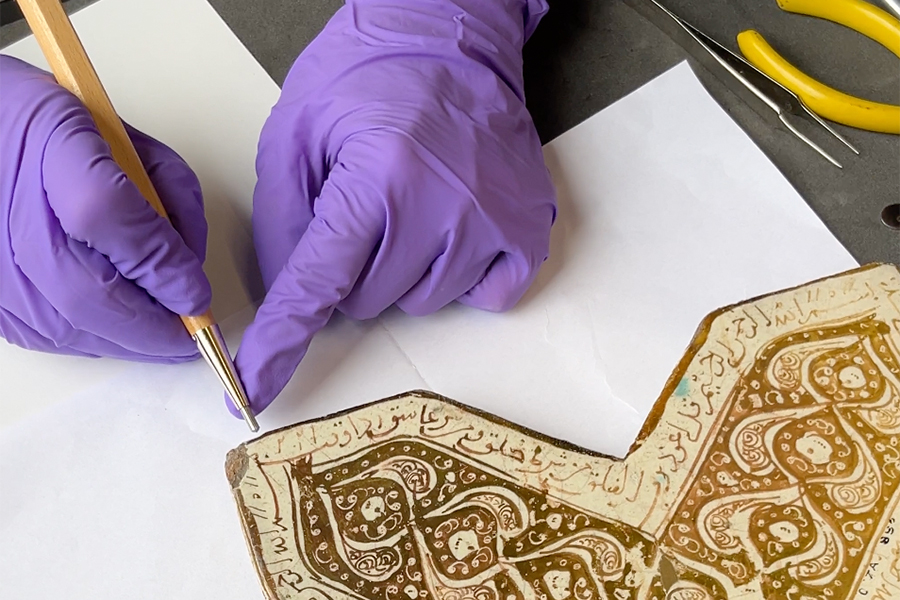Luster
Shimmering luster surfaces are a recognizable feature of many objects and tiles made in Iran. This gallery explores luster between its original architectural contexts and the museums that now preserve much of this displaced cultural heritage. Weaving between the hands of the potter, pilgrim, curator, and scientist, we seek a deep engagement with this material.

